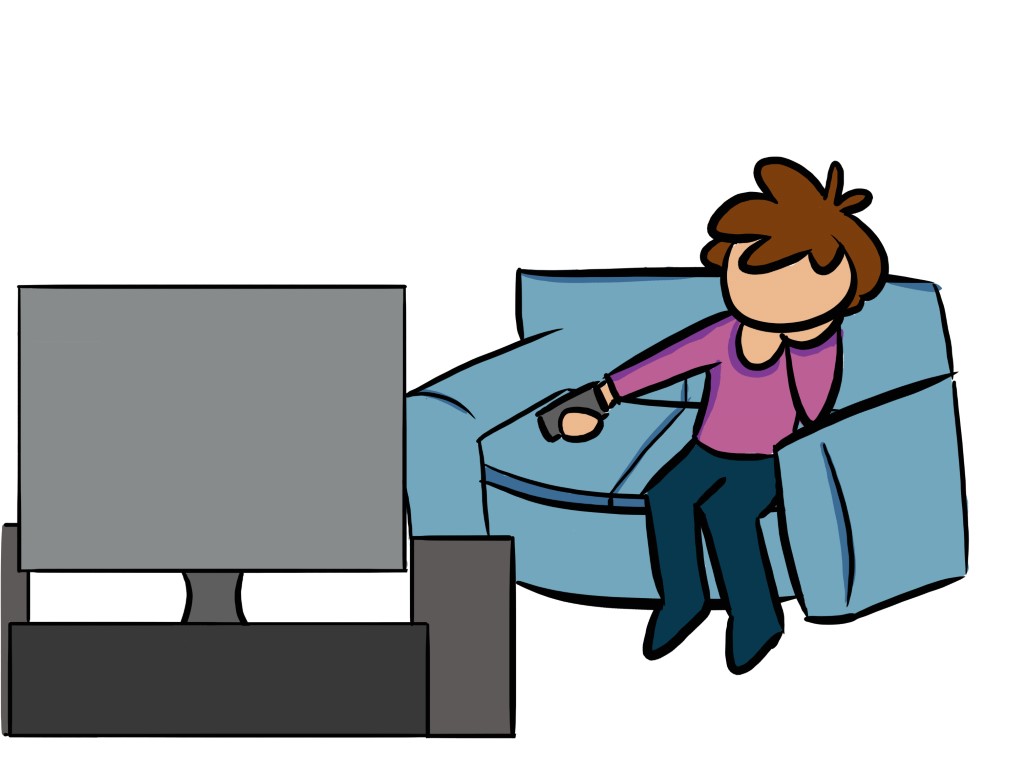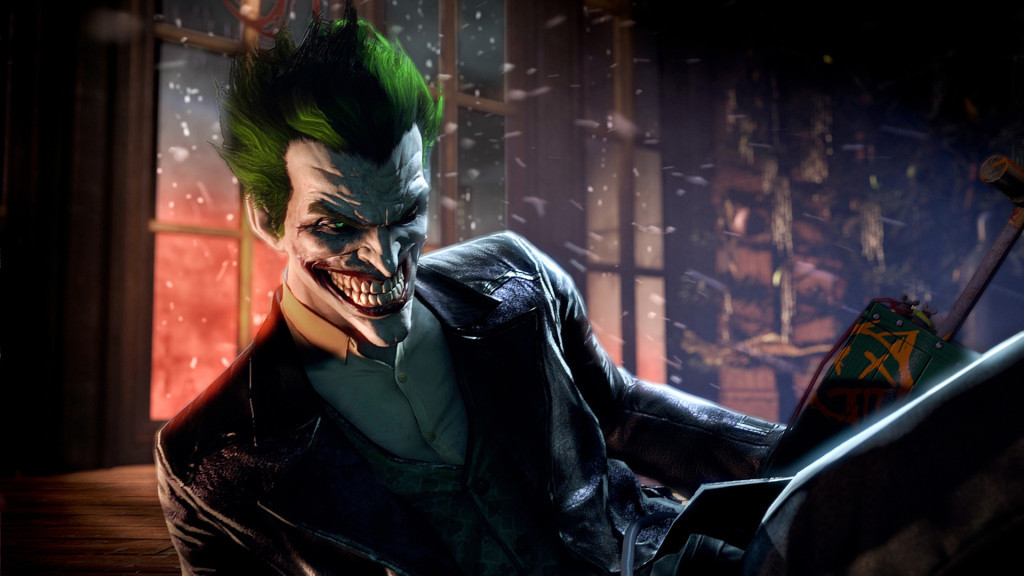
The essential tools and devices of cinema
By Jerrison Oracion, Senior Columnist
When you are making a film, you have to decide how it will look and whether you’ll shoot it on film or digital. No matter which format you film it on, you have every tool and device available to present your film the way you want your viewers to see it. On the Criterion Channel show Observations on Film Art, regular Criterion Collection collaborators and the authors of the textbook on tools in cinema Film Art, David Bordwell, his wife Kristin Thompson, and Jeff Smith (all teachers at the University of Wisconsin-Madison), explain the essentials of filming and crafting techniques when making a film.
Unlike in the textbook where they explain film tools through individual frames in a film, the show allows them to use specific films to demonstrate them. In the introduction to the show, we see how they did their research for the show as well as tour the university’s archive of film prints including a complete archive of the early years of Warner Bros. Pictures and RKO Pictures. Bordwell and Thompson explore their basement filled with a collection of film history books and a library of DVDs and Blu-rays. So far, 37 episodes have been made about going through important aspects of filming including scores, editing, staging, shots, and genres.
Some episodes talk about the same topic but show how other directors approach the technique. For example, Bordwell explains how Akira Kurosawa would edit the battle shots and his approach on zooms with the axial cut in one of his first films Sanshiro Sugata; Bordwell also explained how Yasujirō Ozu made mistakes with the axis of action that worked in one of his early silent films Passing Fancy—both are available on the streaming service. In both cases, these methods defined their film careers and the style of their films.
The basics of film scores is explained in the episode where Smith talks about Alfred Newman’s score in Alfred Hitchcock’s Foreign Correspondent which is simple, but incorporates themes of the people in the film. There is an episode where Thompson explains Terence Davies’ use of dissolves to show his childhood in The Long Day Closes and her and Bordwell’s relationship with the director. Handheld camerawork is demonstrated in the episode on Lars von Trier’s and The Third Day’s Emily Watson’s first film Breaking the Waves to show why he filmed it like that.
A film that I was going to watch last summer is Wong Kar-wai’s Chungking Express. It was an experimental film during its time and the connections between the two stories in the film and their similarities are summarized by Bordwell in an episode. Learning about how a film is made through the special features in a film that is released by the Criterion Collection focuses more on the specific film while watching Observations on Film Art teaches you the basics of film tools and devices. You can even use these tools when making your own films, or even videos in TikTok.



